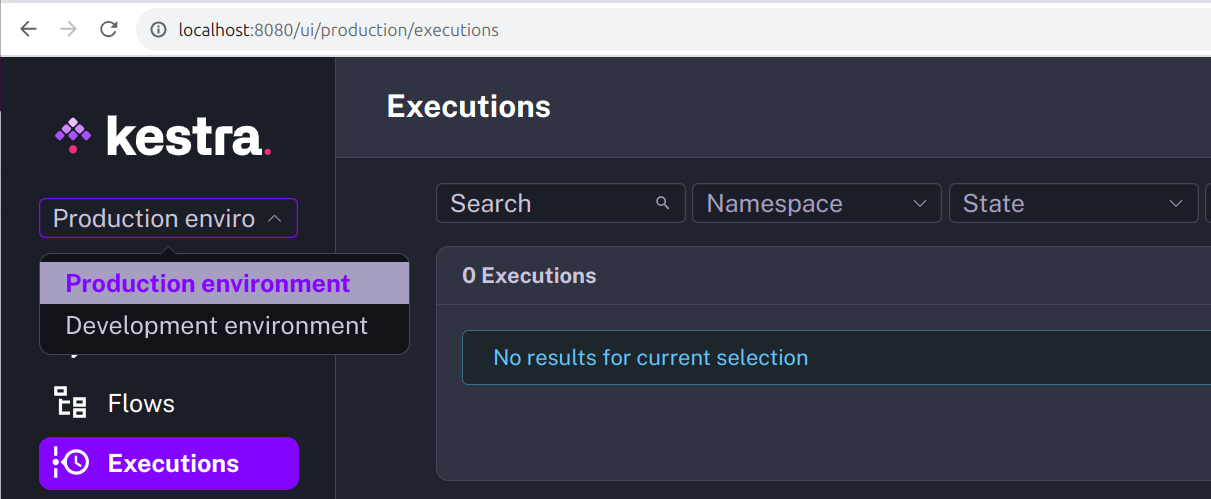 Multi-tenancy
Multi-tenancy
Available on: Enterprise EditionCloud>= 0.13.0
Multi-tenancy allows you to manage multiple environments (e.g., dev, staging, prod) in a single Kestra instance.
What is multi-tenancy
Multi-tenancy is a software architecture in which a single instance of software serves multiple tenants. You can think of it as running multiple virtual instances in a single physical instance. You can use multi-tenancy to separate resources between business units, teams, or customers.
This feature requires a commercial license.
How does multi-tenancy work in Kestra
By default, multi-tenancy is disabled. When multi-tenancy is enabled, all resources (such as flows, triggers, executions, RBAC, and more) are isolated by the tenant. This means that you can have a flow with the same identifier and the same namespace in multiple tenants at the same time.
Data stored inside the Internal Storage is also isolated by tenants.
Multi-tenancy functionality is not visible to end-users from the UI except for the tenant selection dropdown menu. That dropdown menu lists all tenants a user has access to, allowing users to switch between tenants easily. Each UI page will also include the tenant ID in the URL (e.g., https://demo.kestra.io/ui/yourTenantId/executions/namespace/flow/executionId.)

The API URLs will also change to include the tenant identifier.
For example, the URL of the API operation to list flows of the products namespace is /api/v1/flows/products when multi-tenancy is not enabled, and it becomes /api/v1/production/flows/products for the production tenant when multi-tenancy is enabled. You can check the Enterprise Edition API Guide for more information.
Note that tenants must be created upfront, and a user needs to be granted access to use a specific tenant.
Was this page helpful?